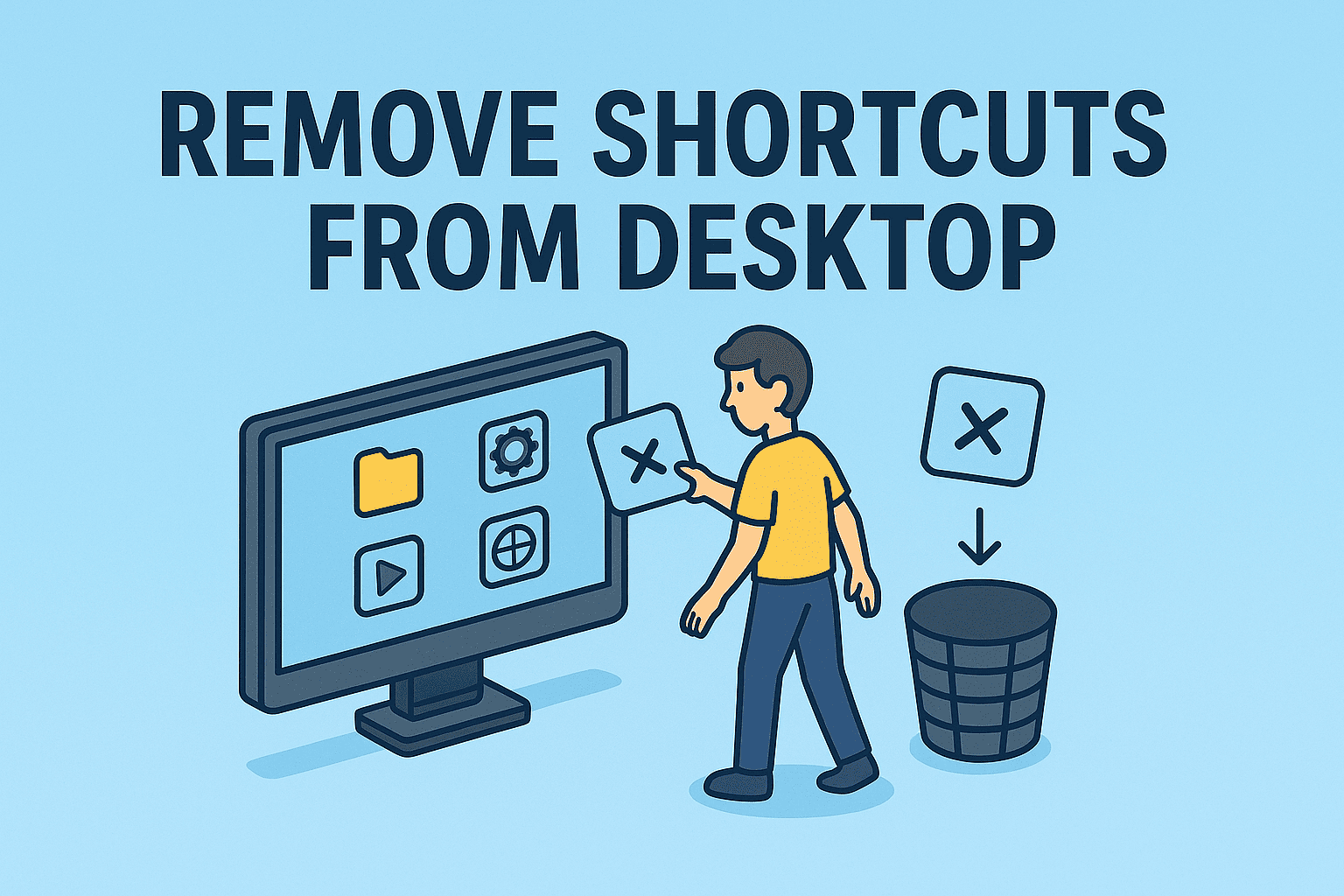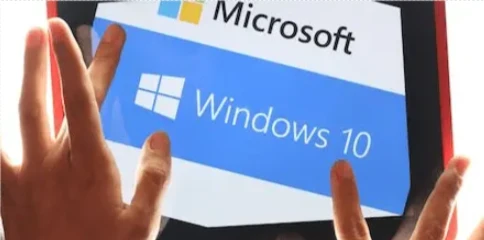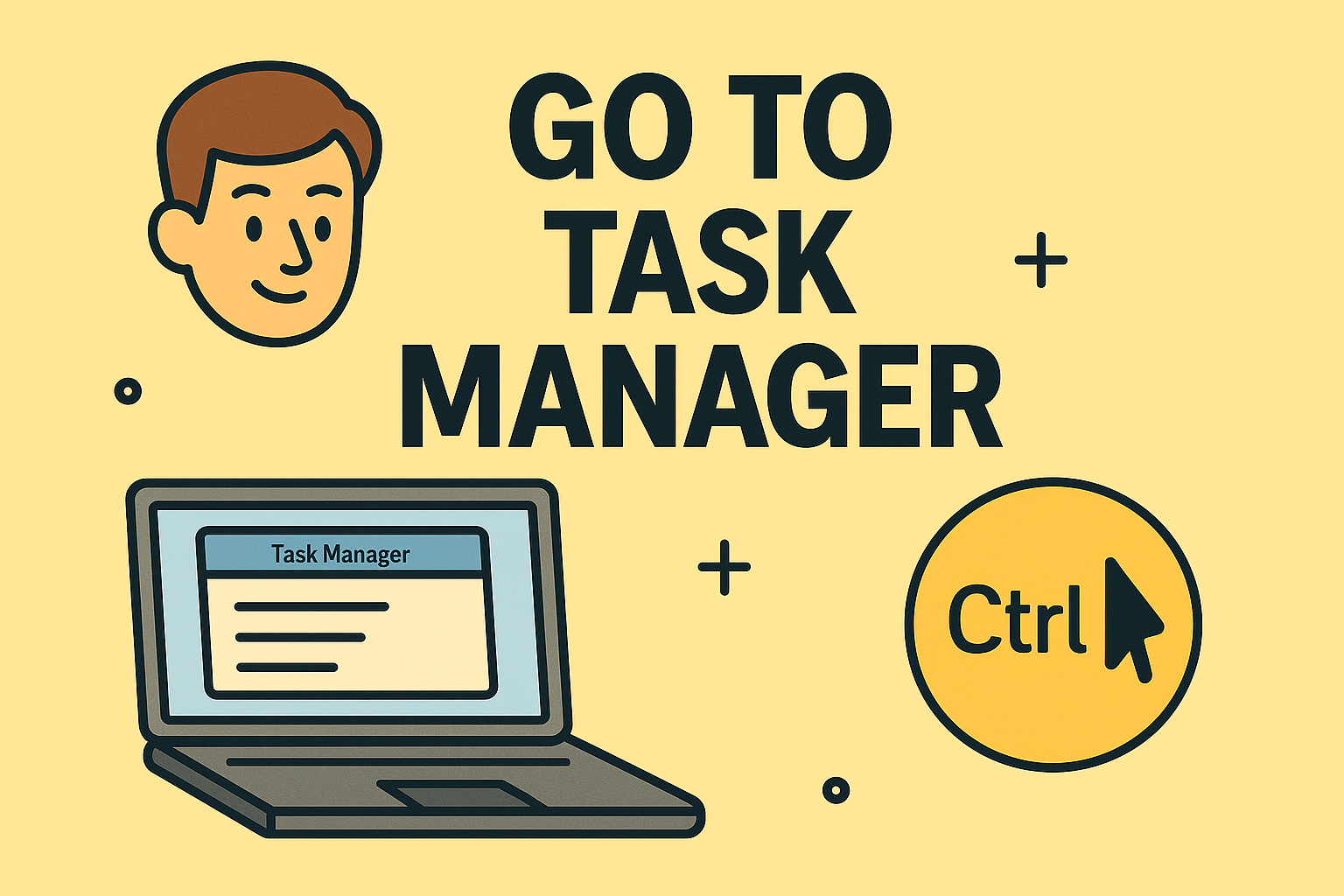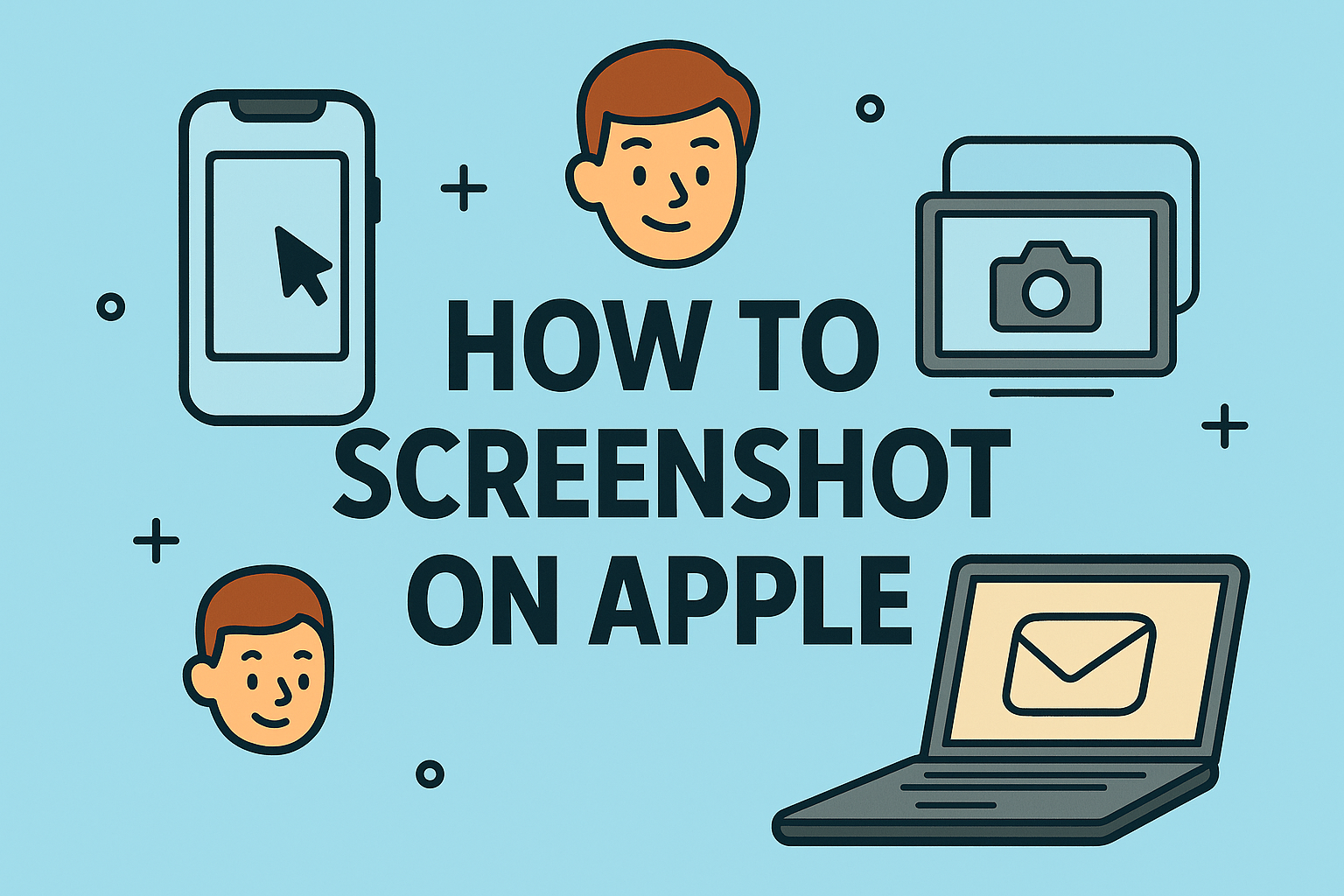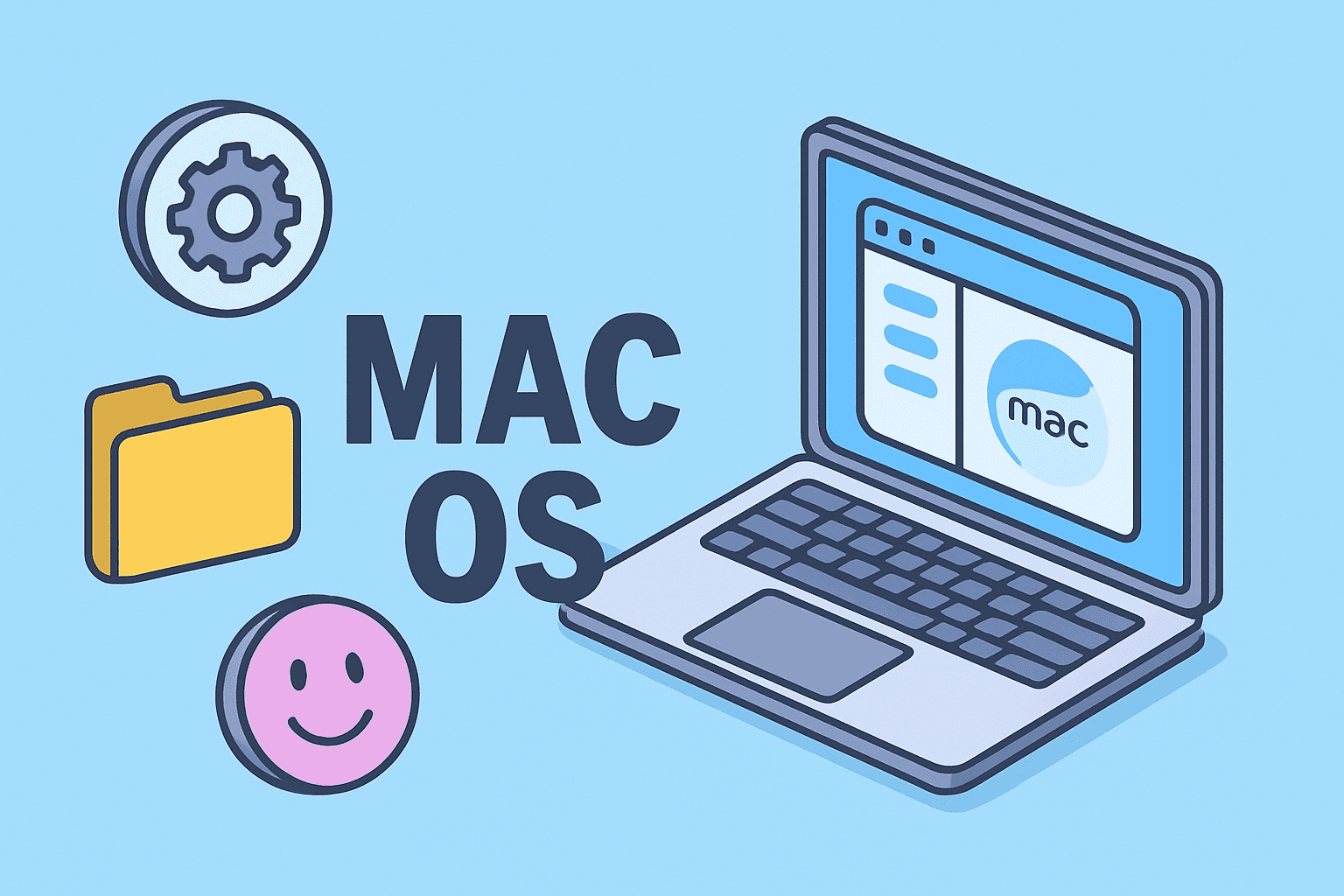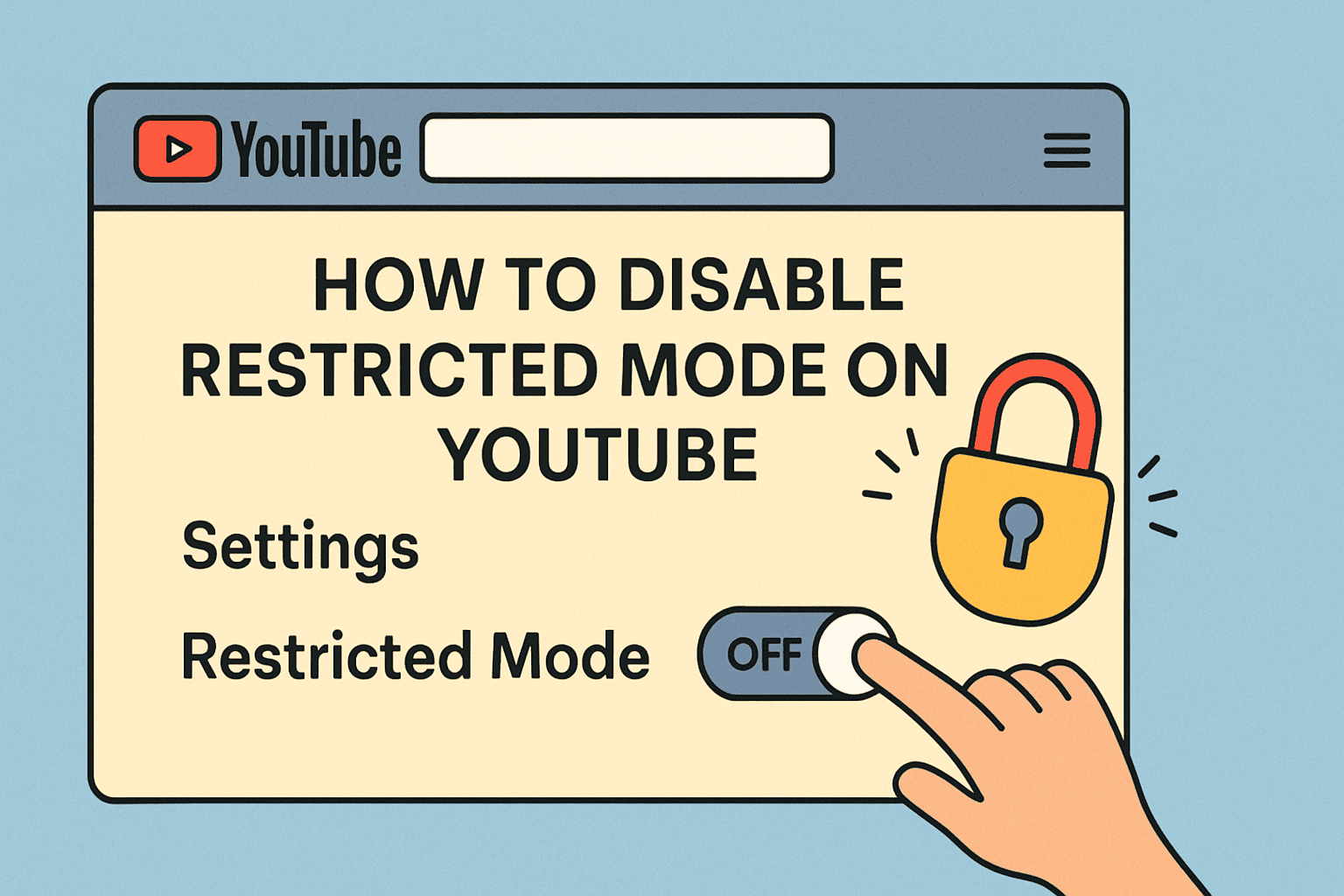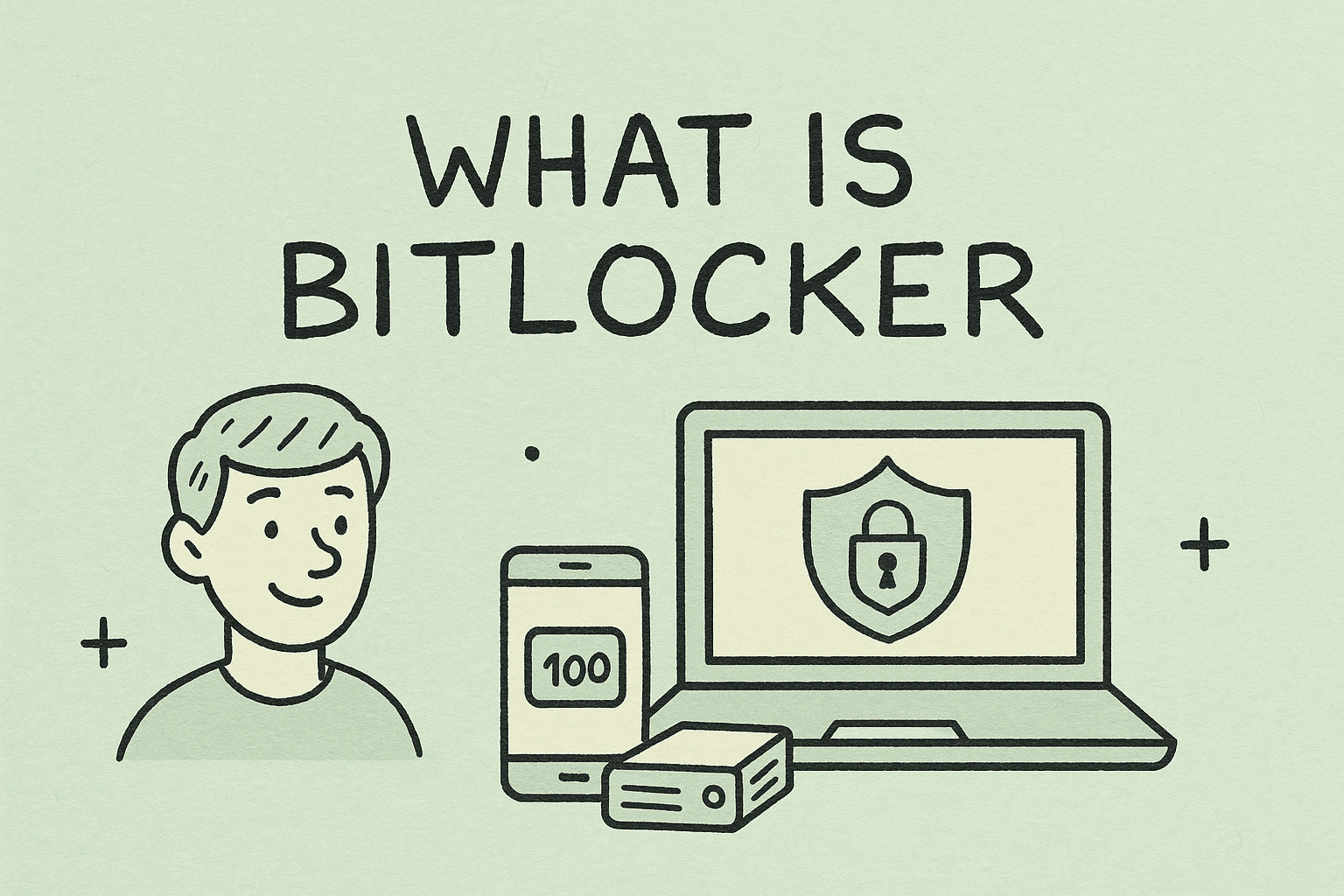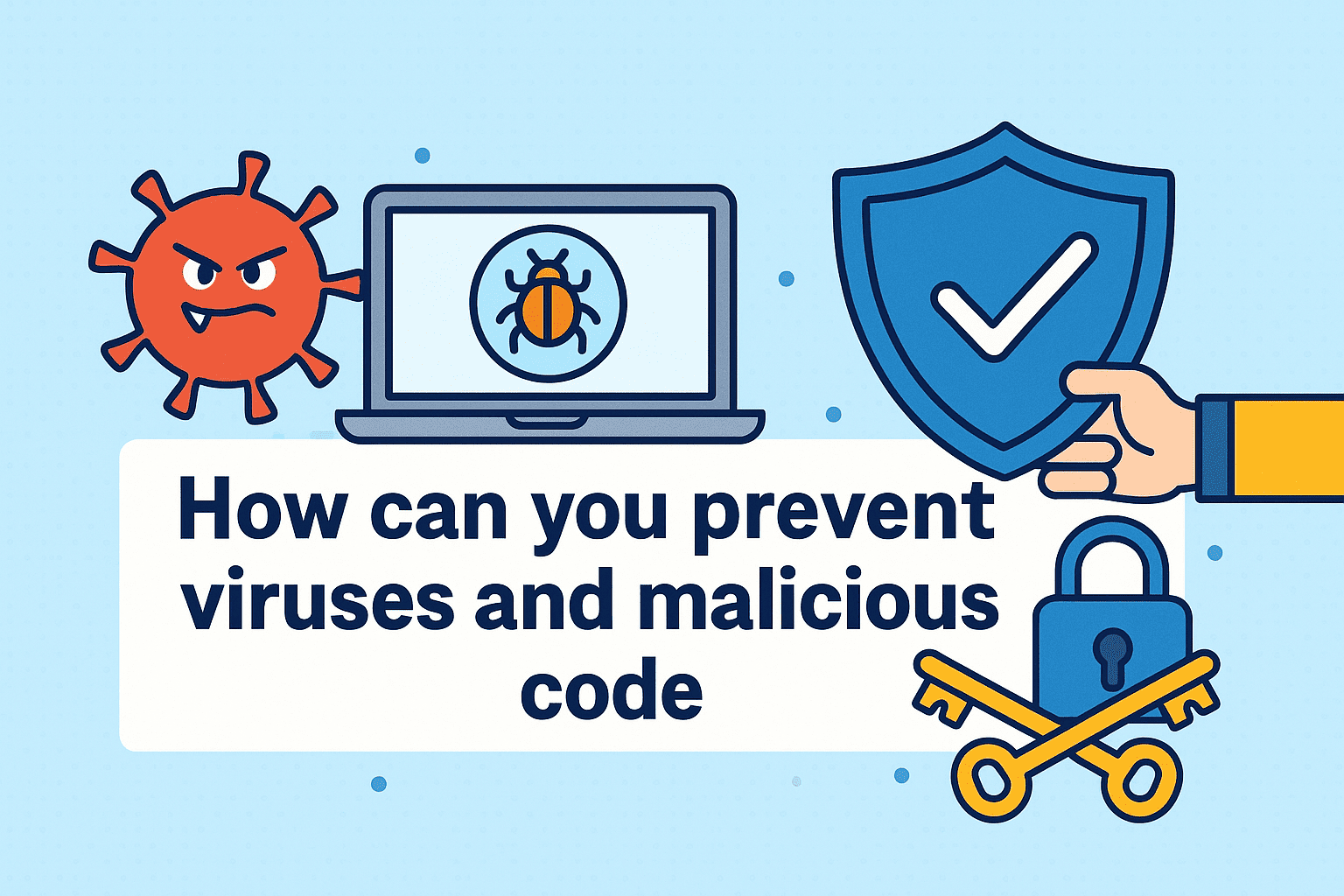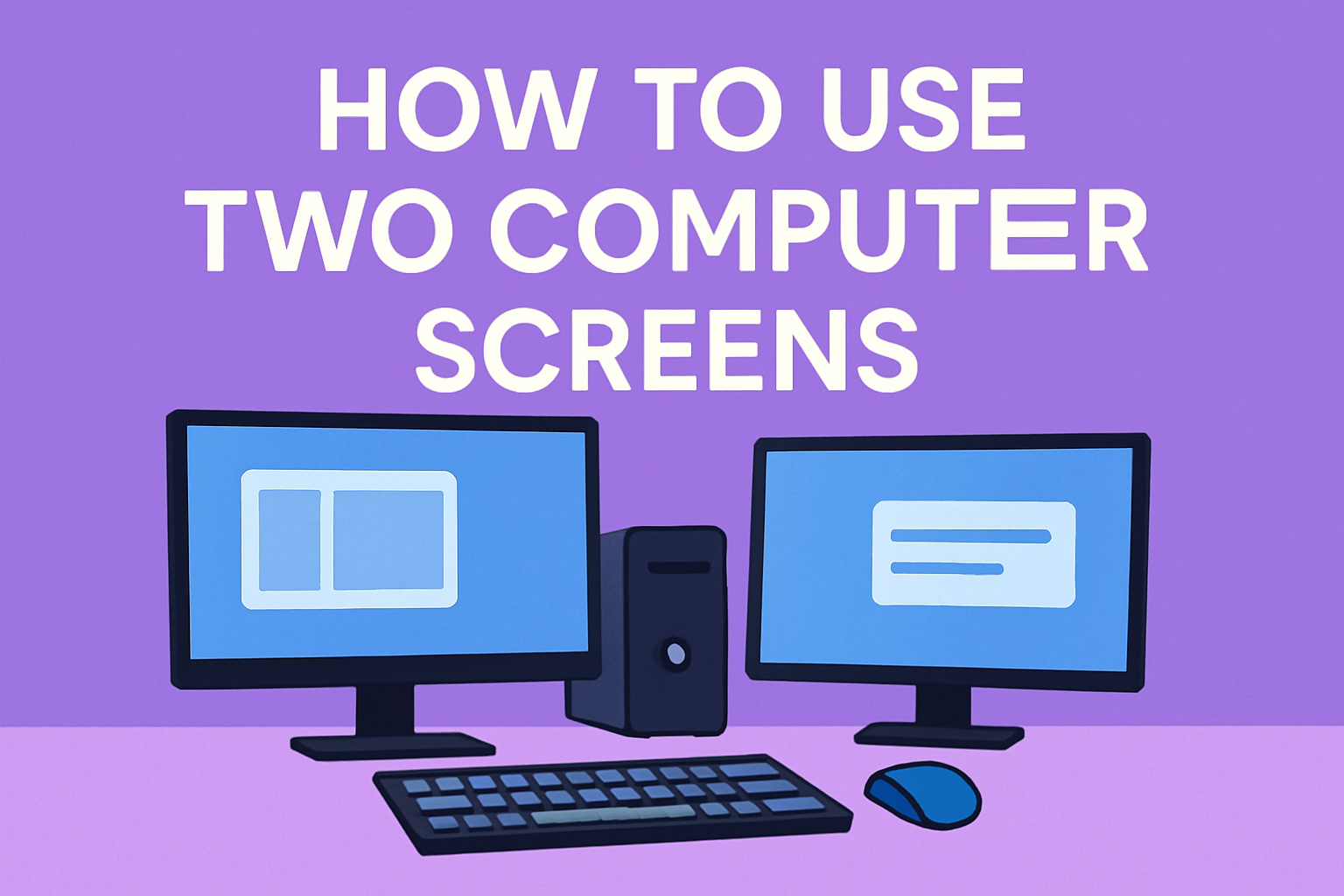Seamless Device Connectivity: How to Mirror iPhone to iPad
Updated on September 30, 2025, by ITarian
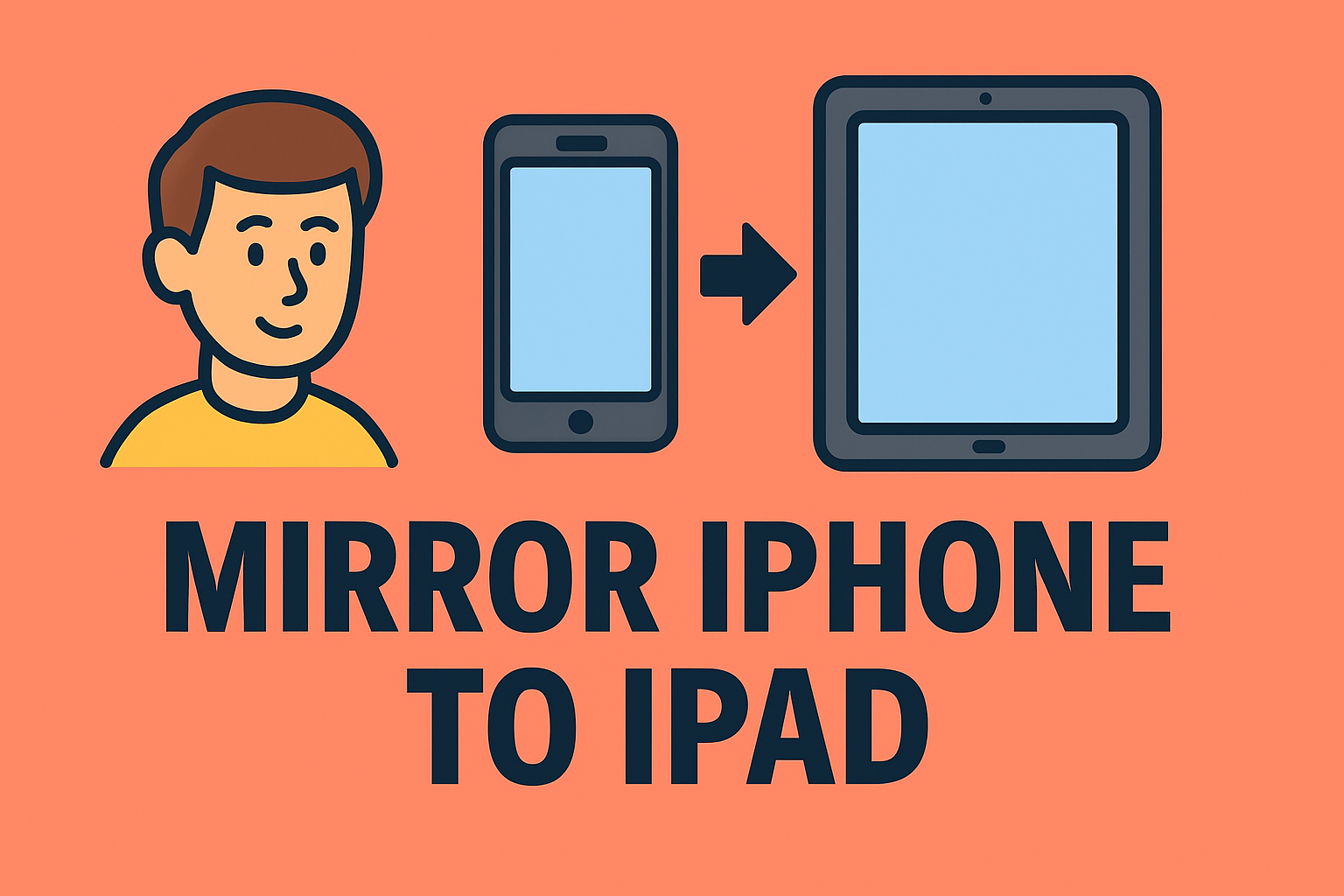
Have you ever wanted to share your iPhone’s screen on a bigger display without using a computer or TV? Whether you’re streaming content, presenting data, or collaborating securely, learning how to mirror iPhone to iPad can save time and boost productivity.
Screen mirroring lets you duplicate what’s on your iPhone — including videos, apps, and files — directly onto your iPad. This functionality is especially useful for professionals who manage multiple Apple devices or rely on mobile devices for cybersecurity analysis, team communication, or presentations.
In this article, we’ll explore simple, step-by-step methods to mirror your iPhone to an iPad, discuss troubleshooting tips, and share security best practices to ensure safe and stable connections.
Why Mirror Your iPhone to an iPad?
Before we get into the “how,” let’s understand the “why.” Screen mirroring is more than just entertainment — it has productivity and security benefits too.
1. Enhanced Productivity
IT managers, developers, or cybersecurity professionals often use multiple devices. Mirroring helps view logs, dashboards, or analytics in real time on a larger iPad display.
2. Better Collaboration
Share live demonstrations, reports, or app interfaces during meetings or online sessions without needing external displays.
3. Improved Accessibility
Users with visual limitations can benefit from viewing content on the larger iPad screen.
4. Seamless Entertainment Experience
Watch movies, stream games, or browse photos with better clarity and sound using iPad’s larger display and speakers.
5. Secure Display Sharing
When done correctly, mirroring avoids unprotected third-party sharing tools, reducing exposure to cyber risks.
Understanding Screen Mirroring on Apple Devices
Apple’s AirPlay technology makes mirroring between iPhone and iPad possible. It allows wireless streaming of video, audio, and screen content across compatible Apple devices connected to the same Wi-Fi network.
To use AirPlay effectively, ensure:
-
Both iPhone and iPad are connected to the same Wi-Fi network.
-
Devices run iOS 12 or later.
-
Bluetooth is enabled on both devices.
If your devices don’t support AirPlay directly, you can still mirror them using third-party apps or wired connections.
Methods: How to Mirror iPhone to iPad
Here are several effective methods to mirror your iPhone to your iPad safely and efficiently.
Method 1: Using AirPlay (Built-In Option)
The easiest and most secure way to mirror your iPhone to your iPad is through AirPlay.
Steps:
-
Ensure both devices are connected to the same Wi-Fi network.
-
On your iPhone, swipe down from the top-right corner to open Control Center.
-
Tap Screen Mirroring (the overlapping rectangles icon).
-
From the list of available devices, select your iPad.
-
If prompted, confirm the AirPlay connection on your iPad.
Your iPhone’s screen will now appear on your iPad in real time.
Note: This method only works if your iPad supports AirPlay 2 and is set up as a receiver.
Troubleshooting Tip:
If the iPad doesn’t appear, check that both devices are updated and Wi-Fi is stable.
Method 2: Using Third-Party Mirroring Apps
If AirPlay isn’t available or doesn’t work, you can use trusted third-party mirroring tools.
Recommended Apps:
-
ApowerMirror
-
Reflector
-
AirServer
-
TeamViewer QuickSupport
Steps (Example: ApowerMirror):
-
Download and install ApowerMirror on both your iPhone and iPad.
-
Connect both devices to the same Wi-Fi network.
-
Launch the app on both devices.
-
On your iPhone, tap the LocalCast button and select your iPad from the device list.
-
Approve the connection on your iPad.
The app will start streaming your iPhone’s screen to the iPad instantly.
Security Tip: Only use mirroring apps from official App Store sources to avoid malware or privacy breaches.
Method 3: Using a Wired Connection (Lightning to USB-C)
If your Wi-Fi connection is weak or unreliable, a wired setup is an excellent alternative.
Requirements:
-
Lightning to USB-C cable (or adapter).
-
Third-party software like LetsView or AnyMirror.
Steps:
-
Connect your iPhone and iPad using the cable.
-
Launch the mirroring app on both devices.
-
Choose “Mirror via USB” on your iPhone.
-
Authorize the connection when prompted.
Wired mirroring offers low latency and greater reliability — perfect for gaming, demos, or streaming high-quality video.
Method 4: Using Bluetooth and Personal Hotspot (No Wi-Fi)
If you’re in a location without Wi-Fi, you can connect your devices using Bluetooth and a personal hotspot.
Steps:
-
Enable Bluetooth and Personal Hotspot on your iPhone.
-
On your iPad, connect to your iPhone’s hotspot.
-
Use a compatible mirroring app (like AirServer or Reflector).
-
Launch the app and connect devices via Bluetooth network.
This allows limited mirroring functionality even without a standard internet connection.
Comparing Mirroring Methods
| Method | Connection Type | Speed | Ease of Use | Security Level |
|---|---|---|---|---|
| AirPlay | Wireless | Fast | Very Easy | High (Built-in Apple) |
| Third-Party Apps | Wireless/Wired | Moderate | Easy | Depends on App |
| Wired Connection | USB | Fastest | Moderate | High |
| Bluetooth/Hotspot | Local Network | Slower | Moderate | Medium |
How to Enable AirPlay Receiver on iPad (If Not Detected)
If your iPad doesn’t show up as a receiver, you may need to activate AirPlay Receiver manually.
Steps:
-
Go to Settings → AirPlay & Handoff.
-
Turn on AirPlay Receiver.
-
Choose Everyone on the same network under “Allow AirPlay for.”
Your iPad will now appear in the Screen Mirroring device list on your iPhone.
Security Considerations When Mirroring Devices
While screen mirroring is convenient, it’s essential to ensure secure connections — especially in corporate environments.
Best Practices:
-
Always mirror devices on trusted, encrypted Wi-Fi networks.
-
Disable AirPlay after use to prevent unauthorized access.
-
Keep your iOS updated to patch vulnerabilities.
-
Use VPNs when mirroring across public networks.
-
Avoid using unknown third-party mirroring apps that request screen-recording permissions.
Pro Tip: IT departments can manage AirPlay permissions through Mobile Device Management (MDM) to enforce security standards.
Troubleshooting Common Mirroring Issues
If mirroring fails or lags, try these quick fixes:
1. iPad Not Showing on AirPlay
-
Ensure both devices are on the same Wi-Fi network.
-
Restart both iPhone and iPad.
-
Update both devices to the latest iOS version.
2. Mirroring Lag or Delay
-
Use a wired connection instead of Wi-Fi.
-
Close background apps consuming bandwidth.
-
Check for interference from other wireless devices.
3. Black Screen During Mirroring
-
Ensure Screen Recording permissions are enabled for the mirroring app.
-
Reconnect devices.
4. Poor Resolution or Frame Drops
-
Reduce display resolution in app settings.
-
Use AirPlay or USB for higher-quality transmission.
Alternative Uses for Mirroring iPhone to iPad
Mirroring isn’t just for viewing — it enhances productivity in various business and IT use cases.
1. Remote Collaboration
Mirror your phone’s security dashboards, reports, or app demos to share updates during meetings.
2. Mobile Testing & Development
Developers can preview how their apps render on different devices simultaneously.
3. Cybersecurity Monitoring
Use an iPad as a secondary monitoring display for real-time network alerts from your iPhone’s security tools.
4. Customer Presentations
Display analytics, project visuals, or app interfaces directly from your iPhone to a larger screen without cables.
Tips to Optimize Performance While Mirroring
To maintain smooth mirroring sessions, consider these performance tips:
-
Use a strong, stable Wi-Fi connection (5GHz preferred).
-
Close background apps consuming memory or bandwidth.
-
Keep both devices charged — mirroring consumes battery quickly.
-
Enable “Do Not Disturb” mode on iPhone to prevent pop-ups during mirroring.
-
Restart devices occasionally to clear memory cache.
Frequently Asked Questions (FAQs)
Q1. Can I mirror my iPhone to my iPad without Wi-Fi?
Yes, using a USB connection or personal hotspot with apps like AirServer or Reflector.
Q2. Why can’t my iPhone find my iPad on AirPlay?
Ensure both devices are connected to the same network and AirPlay Receiver is enabled on your iPad.
Q3. Is it safe to use third-party mirroring apps?
Yes — but only download verified apps from the official App Store and review permissions carefully.
Q4. Does screen mirroring use a lot of battery?
Yes, mirroring is resource-intensive. Keep both devices plugged in during long sessions.
Q5. Can I mirror audio along with the screen?
Absolutely. AirPlay supports both video and audio mirroring simultaneously.
Final Thoughts
Knowing how to mirror iPhone to iPad can significantly improve both productivity and collaboration — whether you’re in IT management, cybersecurity operations, or business leadership.
Apple’s AirPlay makes it seamless, while third-party apps and wired solutions ensure flexibility in different environments. Always prioritize secure connections and verified tools to maintain data integrity and device safety.
For organizations managing multiple Apple devices, centralized control of connectivity and security settings is key.
Take the next step toward device efficiency and security —
Sign up for Itarian’s free trial to manage and protect your endpoints smarter and faster.


